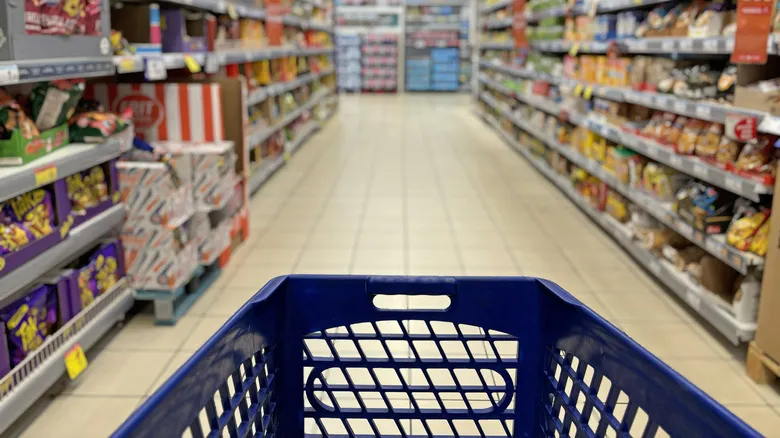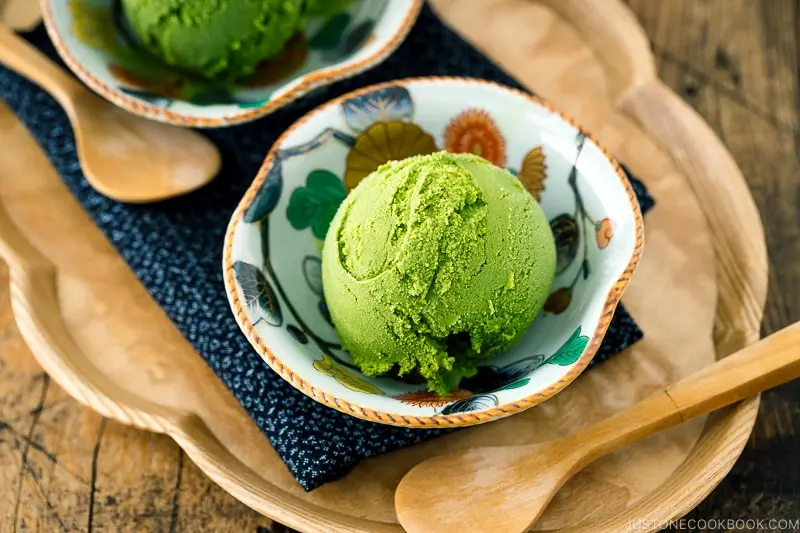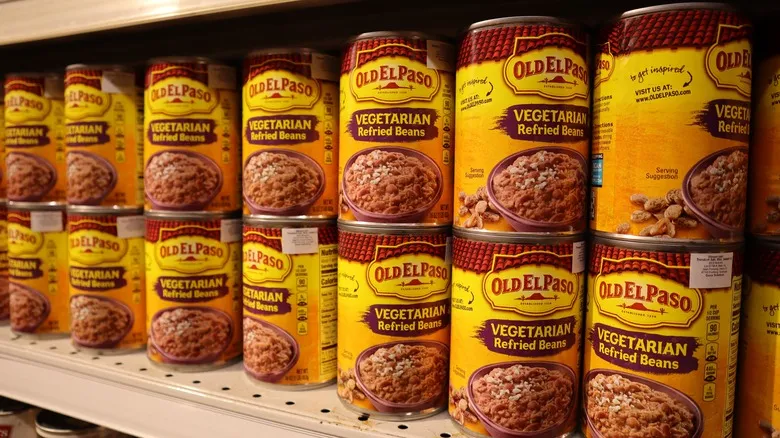As American as pumpkin pie
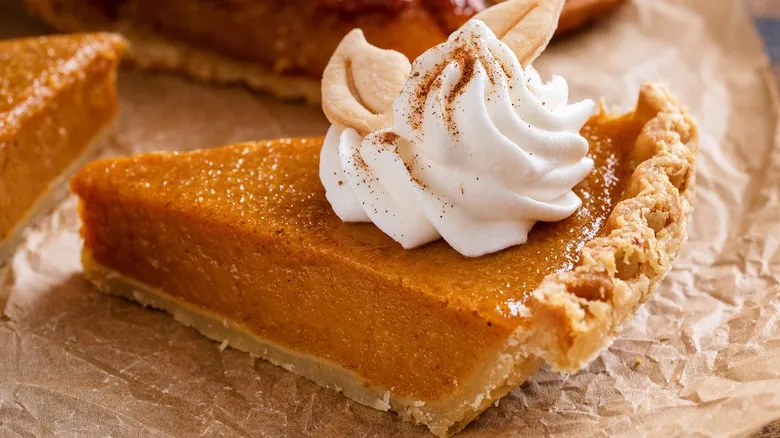
Pumpkin spice plays a significant role in American history—believe it or not. In 1667, the Dutch sold Manhattan to the English in exchange for the island of Run, located in what is now Indonesia. This island was renowned for its nutmeg production, a highly sought-after spice. However, the influence of pumpkin spice extends beyond mere land transactions. Spices like cinnamon and nutmeg were immensely popular in colonial America, particularly among the affluent.
Remarkably, the now-famous pumpkin spice blend appears in the very first American cookbook. Authored by Amelia Simmons and published in 1796, "American Cookery" featured a recipe for "Pompkin Pie," which included ginger, nutmeg, and allspice. While this recipe may not closely resemble the modern version of the beloved dessert, it’s evident that the appreciation for pumpkin (and pumpkin spice) has deep roots in American culture. This is fitting, considering that scientists believe pumpkin is indigenous to North and Central America.
The term "pumpkin spice," or "pumpkin pie spice," was coined later, when McCormick, a spice company based in Baltimore, Maryland, launched its pre-mixed pumpkin pie spice in 1934. This blend, which includes cinnamon, ginger, nutmeg, and allspice, quickly became a kitchen essential. By the 1990s, it transitioned from the spice rack to the coffee counter, forever changing the way the world experienced pumpkin spice.
From spice rack to coffee cup
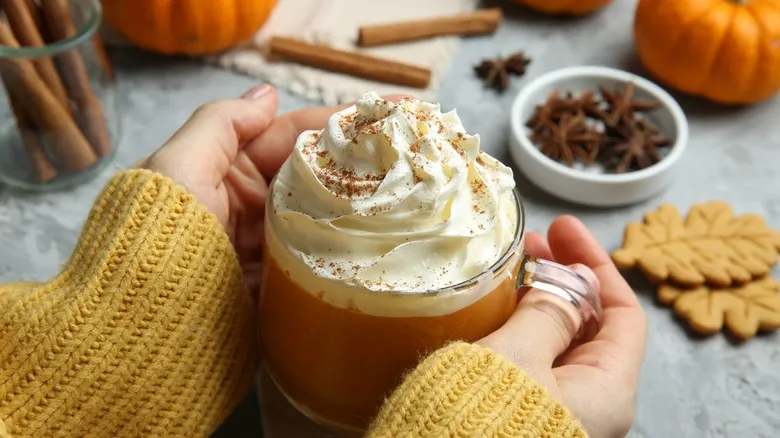
How did pumpkin spice transition from a baking staple to a popular coffee flavor? The journey seems to have begun in 1996, when a coffee roaster in Tampa Bay, Florida, started roasting pumpkin spice beans. By 1998, pumpkin spice coffee was available in states like Nevada and Pennsylvania. However, it wasn't until 2003 that Starbucks launched its pumpkin spice latte.
The tale begins in the spring of that year when Starbucks assigned employee Peter Dukes the task of creating a fall-themed seasonal drink. This followed the successful 2002 holiday season, during which the peppermint mocha became a nationwide sensation. Dukes and his team brainstormed numerous ideas for a seasonal beverage, ultimately narrowing it down to ten concepts, one of which was pumpkin spice.
In an interview with Food Network Canada, Dukes remarked that, at that time, "there was nothing pumpkin in the market." However, after perfecting the recipe, they discovered that the pumpkin spice latte resonated well with their two test markets in Washington, D.C., and Vancouver. Thus, in the fall of 2003, the pumpkin spice latte was introduced, and the rest, as they say, is history.
Why pumpkin spice endures
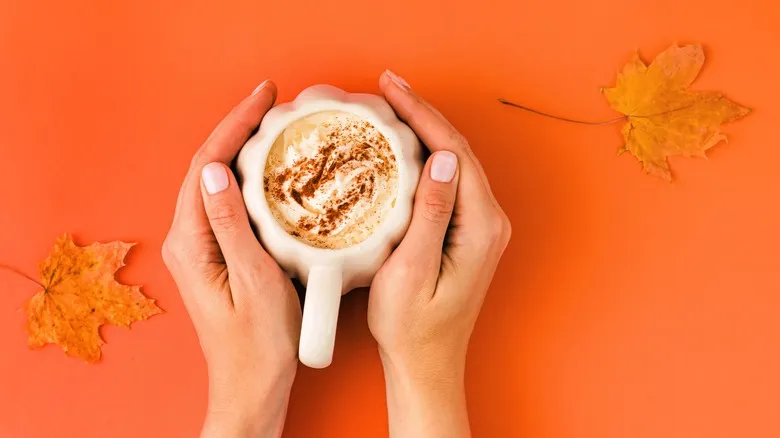
In the two decades since Starbucks first launched pumpkin spice lattes, this spice blend has evolved into a cultural phenomenon. Today, you can find pumpkin spice in bakeries, grocery stores, and even in personal care products. But what is it about pumpkin spice that has captured such widespread popularity?
While it might appear to be a passing trend—one that could fade into obscurity like fondue, quiche, or bacon-infused everything—pumpkin spice is actually a classic flavor that is likely to endure. Spices have played a crucial role in shaping history for centuries. Long before people were wearing infinity scarves and snapping latte selfies, some of the ingredients in pumpkin spice had already been traded for over 2,000 years.
So, what is it about these particular spices that has inspired such affection and driven significant commerce throughout history? One reason is that cinnamon, cloves, and nutmeg are renowned for their ability to enhance flavors. Additionally, many current fans of pumpkin spice likely have sentimental reasons for their fondness, as it brings back memories of the season. These spices are essential components in numerous seasonal delights, like apple pie and pumpkin spice snickerdoodles. Thus, enjoying a pumpkin spice latte is not just a treat; it’s also a nostalgic journey down memory lane.
Recommended

Iced Coffee Spiked With Whiskey Is James Beard-Approved
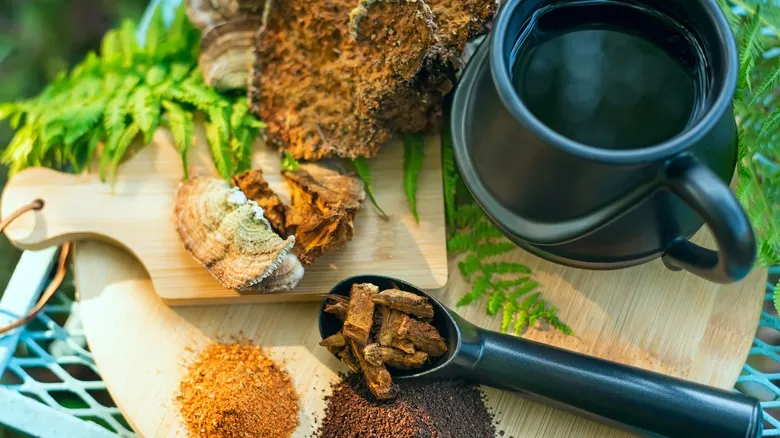
The Caffeine-Free Coffee Alternative That Will Still Wake You Up
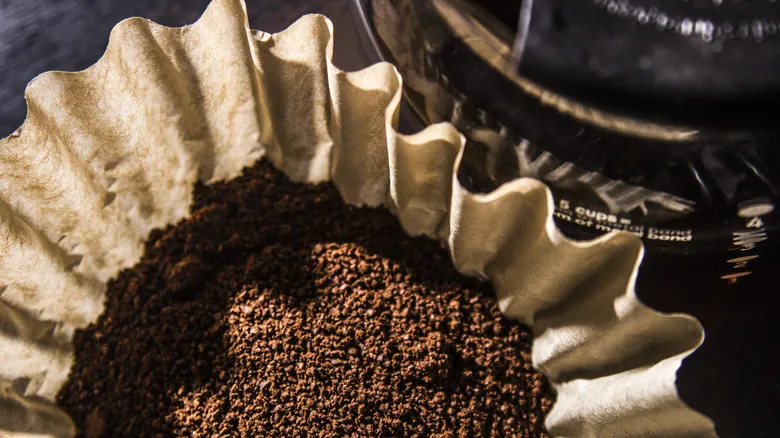
Save Your Used Coffee Grounds To Amp Up Your Favorite Granola
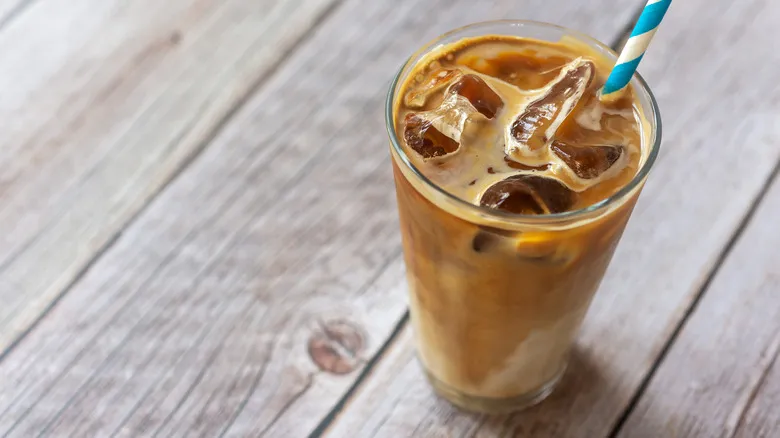
Iced Latte Vs Iced Cappuccino: What's The Difference?
Next up


